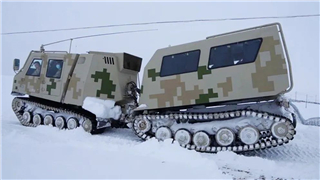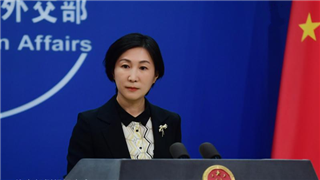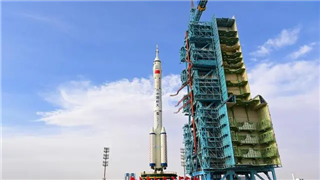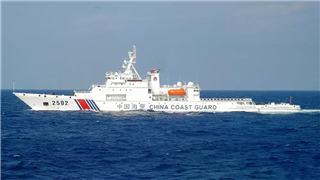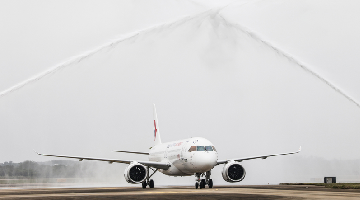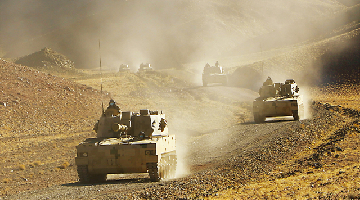
It is reported that the ROK Defense Ministry announced its defense plan for the next five years on December 28, 2022, planning to spend 331.4 trillion KRW (about 259.2 billion dollars) on building and operating its military forces from 2023 to 2027. The five-year defense plan has trimmed some specious projects and focused more on developing long-range attack, anti-missile and drone reconnaissance capabilities, said Liang Yongchun, a Chinese military observer, adding that ROK’s military development in the future is worth close attention.
In the newly announced plan, ROK slashes its item of aircraft carrier building, and adds the procurement of US-made F-35 fighters and new types of submarines capable of launching ballistic missiles in order to enhance its long-range strike capability. It also plans to purchase air defense missiles with longer range for better anti-missile capability. It’s worth noting that the US military has recently set up a space force unit in ROK, which might make Seoul an important link in Uncle Sam’s Asian-Pacific missile interception system.
Besides, ROK intends to energetically develop UAVs in the next five years to expand its tactical reconnaissance all over East Asia, while the ROK Navy also plans to set up a flexible fleet command. Is that a move to project its military forces to regions outside the Korean Peninsula? Where does ROK plan to deploy these forces and how to use them? These are questions worth close attention to.
Recently, both Japan and ROK have revised in advance their military buildup plans through 2027, which is obviously an “order” from the US to serve its “Indo-Pacific strategy”, said Liang Yongchun. The Biden administration is pacing up to bind the US-Japan and US-ROK military alliances into a new, multilateral system whose operations will go beyond the two countries to serve America’s overall strategic goals in the Asia Pacific. ROK’s earlier-than-expected revision of its five-year defense plan is a part of this strategy.
Seoul released the final version of its “Indo-Pacific strategy” on December 28, 2022, which, it is reported, is not limited to the Korean peninsula or Northeast Asia or economic and trade cooperation, but covers bilateral, regional and global issues. The five-year defense plan is just a supportive document to facilitate this strategy, commented Liang, saying ROK, by expanding its military radius outward, will eventually turn itself into the cannon fodder of America’s “major country strategy”.
According to Liang, ROK would have to make new military moves if it is to plan for itself a “strategic prospect” beyond the Korean Peninsula. As the country hasn’t retrieved the wartime operational command yet, will it be able to say no if the US would drag it into a war that is not in its interests outside the peninsula? ROK’s core interests are on the peninsula, in Northeast Asia, so it’s unwise to act at America’s command. The more it serves or supports America’s Indo-Pacific strategy, the more perilous it will get.
Editor's note: Originally published on military.cnr.cn, this article is translated from Chinese into English and edited by the China Military Online. The information and opinions in this article do not necessarily reflect the views of eng.chinamil.com.cn.
